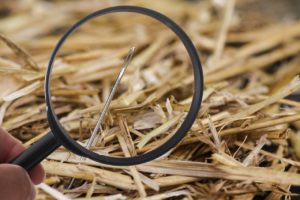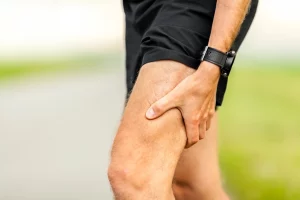Do different sitting positions affect the pressure on your lower back? The short answer is, yes. They do. Every day in the clinic, patients tell us that how they sit, and what they sit on has a profound influence on the severity of their symptoms.
You are often told not to slouch, whether at the dinner table, by teachers at school and other safety lectures that teach on spinal health. In this post, we will take a detailed look at how different sitting positions have different effects on the lumbar spine.
Not all sitting positions are created equal. Sitting in a slouched or flexed position is considered the most detrimental position for the lumbar spine. That is generally because a slouched sitting position has the same effect as being in a bent-forward position, which gets uncomfortable fast.
Unlike in the standing position, you are not usually aware of extra physical work in the sitting position because it is a relaxed position. However, if we sit in a flexed-crouched position, the back portion of the fibres of the annulus are put under pressure. The jelly-like material of the disc gets pushed back and if this is sustained for a long period, you may end up damaging the fibres of the annulus. You may end up with disc protrusion where the material pushes out to the outer annulus and results in compression on the nerve depending on the side of the bulge.
Sitting with a prolonged flex position due to laptop work is more common nowadays. People may choose to sit on a sofa, making it hard to control your spinal position. Although you may get away with it for about half an hour or so, if sustained for many hours and repeated on a daily basis, this will definitely develop a negative effect. This is why health and safety requirements dictate that an ergonomic chair should have proper back support with a lumbar role that keeps the back in a more upright position to try and reduce pressure on the discs.
On the other end of the scale, other people may sit in an overly arched or extended position. Such people also tend to have the same posture even while standing. People standing in such a position may have poor abdominal muscle tones and their core is not working too well.
While sitting, overarching throws pressure on different areas and is therefore not the same as being seated in a bent position.
When you overly arch the back goes into an extended position with an increased hollow but that causes pressure on the facet joints and on the central part of the joint, known as the spinous process. These have sensitive ligaments, which all have nerve endings in them. The facet joints also have a sinewy capsule around them that also have ligaments with nerve endings in them.
When you sit in an overly extended position, it’s not a disc that is under threat but these posterior elements. However, they can equally be as sore but that does not always cause sciatic pain unless the actual disc height has diminished.
In the previous post, we talked about the effect of sustained compression because of the viscoelastic effect squashing fluid out of the disc and the two vertebrae get close together because the spacer has lost some of its fluid content. This causes more pressure on the facet joints and the nerve space gets narrower.
Therefore, an overly arched position can cause a different type of lower back pain and can stimulate pressure on the sciatic nerve. Many people who get pain from slouching benefit if they use tools that can wrap their legs behind and force them into an extended position. Such tools can act to counter people whose pain comes from a slumped position but such chairs may not help people who sit in an overarched position.
There is a reason why they are not recommended from a health and safety point of view and that is because if you have no support for your spine when you are sitting, then your musculature tends to work a lot more. Even in optimal situations, the muscles in your back start to get fatigued after a short period and that ends up increasing the pressure in the joints too. This is the reason why such stools and sitting unsupported is not recommended.
In conclusion, sitting slouched is more detrimental than sitting in an upright position. Also, an overly extended position may cause problems for other structures.





